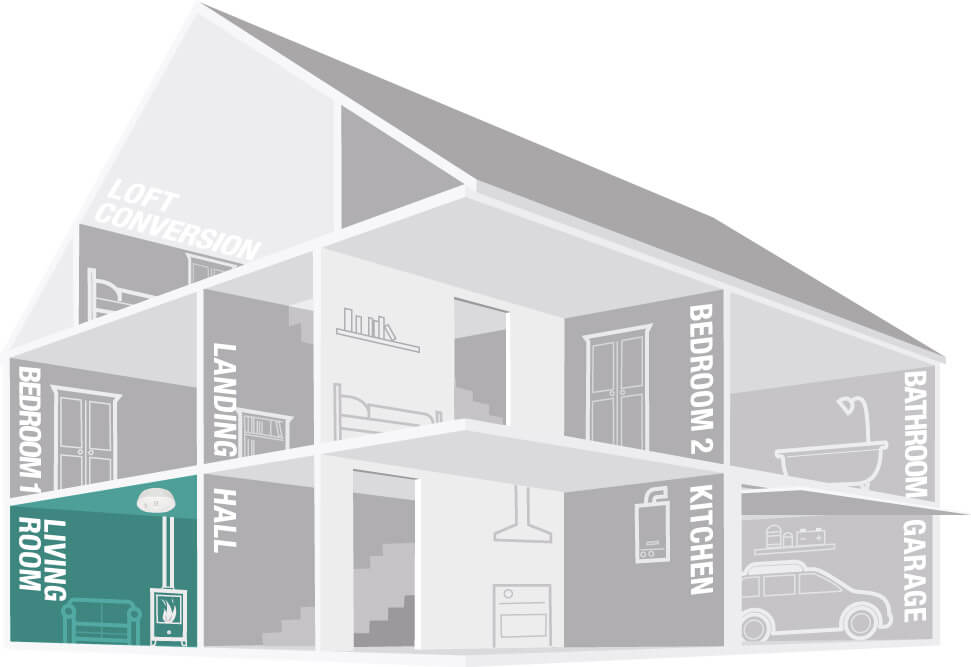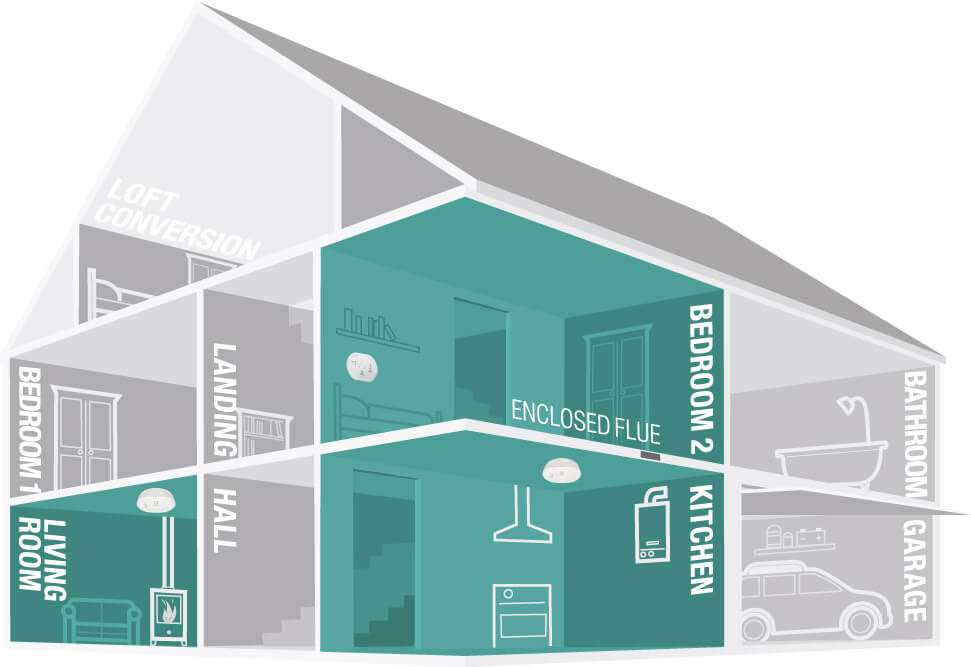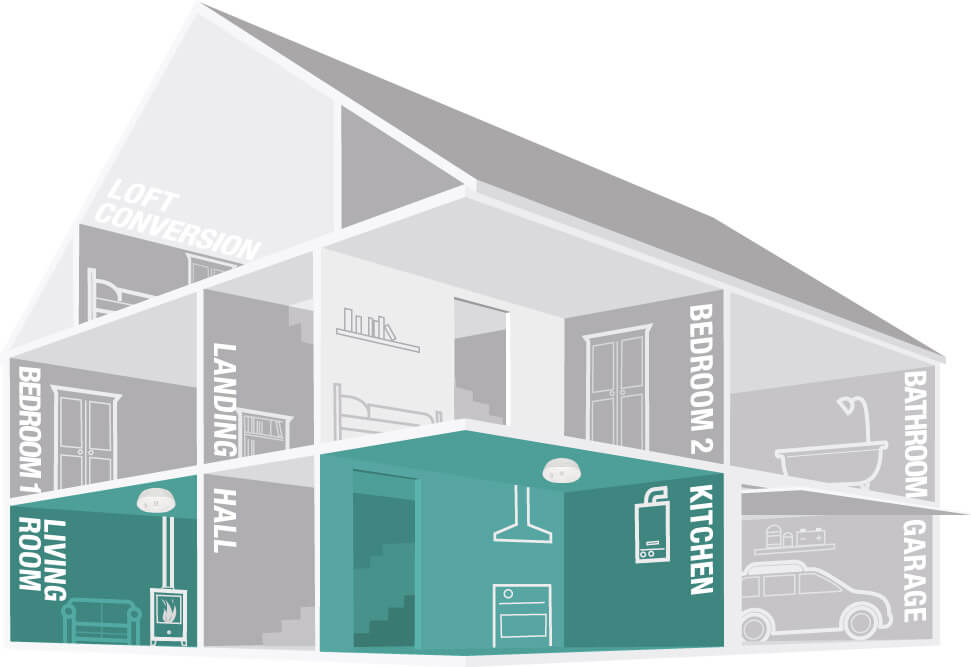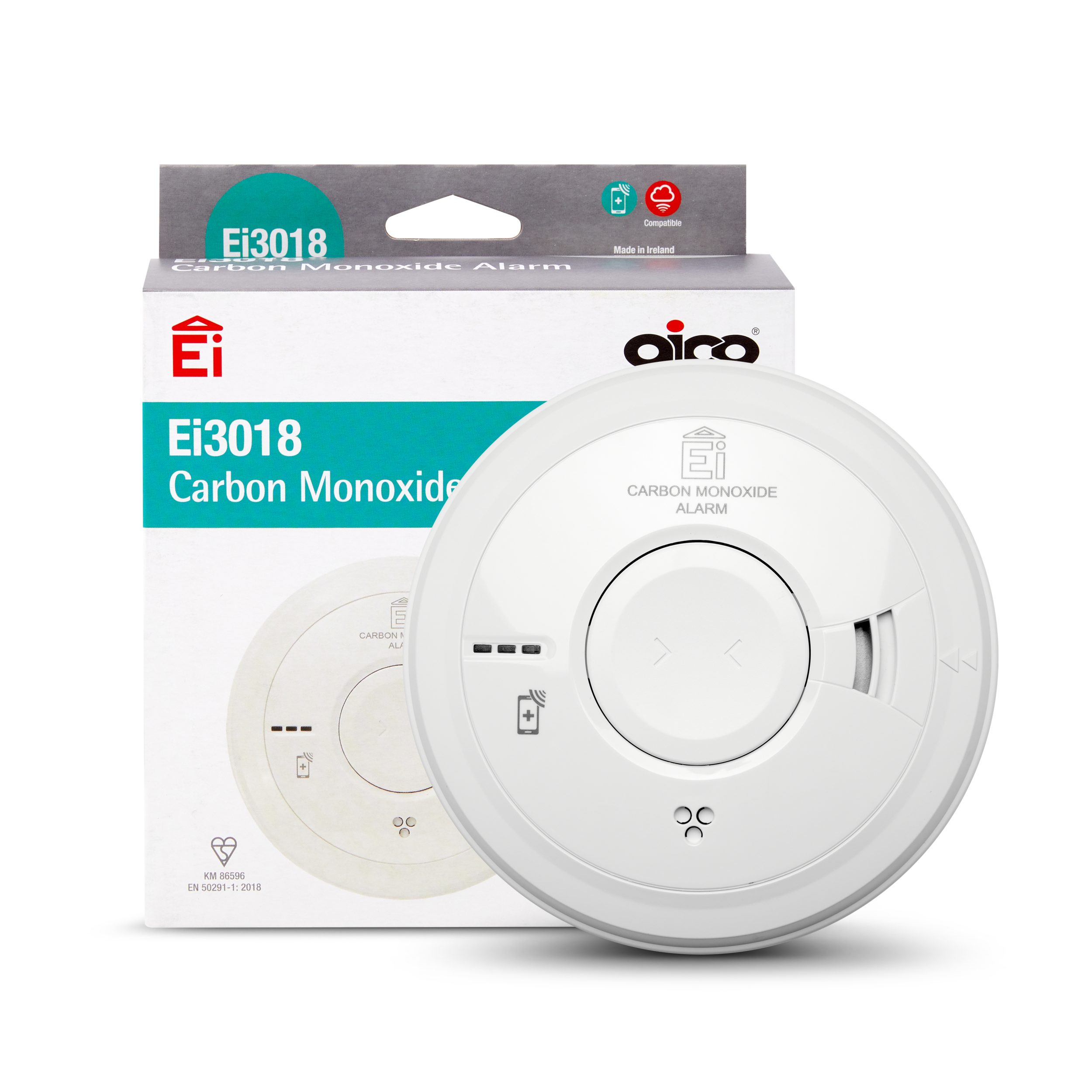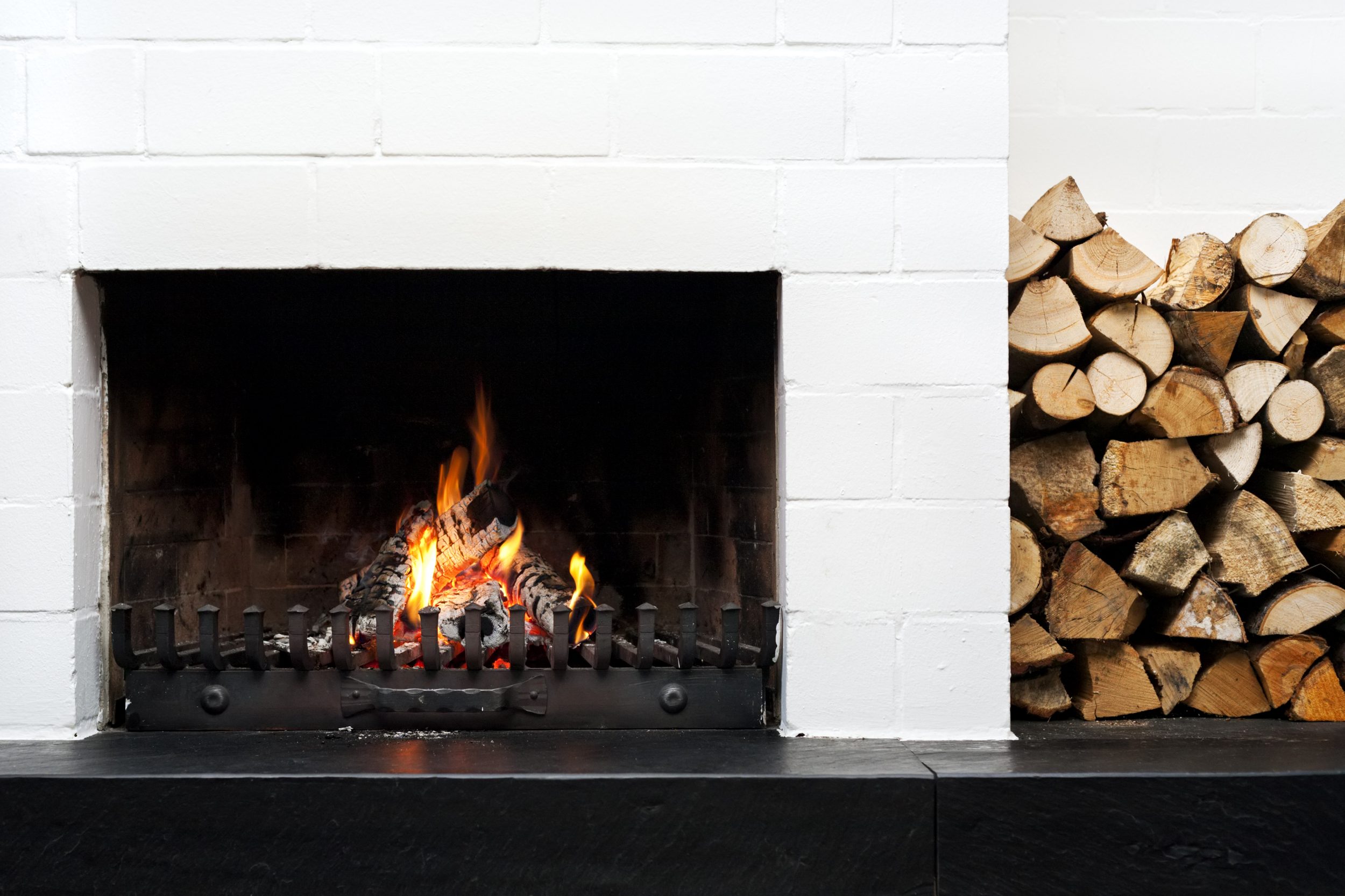
What causes Carbon Monoxide to leak?
Carbon Monoxide is produced when fuels such as gas, oil, coal and wood do not burn fully; it can also be produced by burning charcoal, running cars and the smoke from cigarettes also produce Carbon Monoxide gas.
Gas, oil, coal and wood are sources of fuel used in many household appliances, such as boilers, gas fires, central heating systems, water heaters, cookers and open fires. Appliances that are incorrectly installed, have inadequate ventilation or are poorly maintained are the most common causes of Carbon Monoxide exposure.

